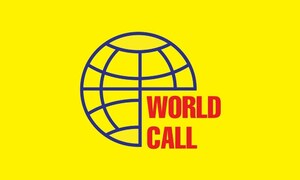Do it like Indus Motors
Factory-wide shutdowns due to now long-running supply constraints, still steep prices, and a resulting decline in volumes could not stop Indus Motors (PSX: INDU) from making a decent enough profit during the second quarter of the fiscal year FY24—in fact, 31 percent higher than 2QFY23—and offering dividends (a payout of 60%) to its shareholders. Let’s face it, Indus Motors (PSX: INDU) does not spend a lot of time trying to capture new segments of the population in the socioeconomic hierarchy. And it serves the company well.
The company earned Rs1.7 billion in after-tax earnings in 2QFY24 despite volumes sliding 72 percent, revenues falling 63 percent and overheads rising to 7 percent of revenue (compared to 2% in 2QFY23). The company also sees its net profit margins rise to 10 percent, from 3 percent last year. This is impressive!
Inflation is hurting every consumer at the moment, and high-interest rates are making auto financing that much more expensive. Tighter prudential regulations by the SBP have also made car financing harder and more burdensome. If banks are giving out fresh loans, they are being vigilant about it as risks of loan defaults rise. In this scenario, Indus Motors’ buyers are cash-based and believe this was the right time to purchase a new Toyota car. Perhaps, new buyers may also have come as the company slashed prices for its fleet in Oct-23.

Even then, its estimated revenue per unit sold rose 29 percent in 2QFY24 year on year, while costs rose lower—18 percent. This indicates the price for an average Toyota car sold in the market vs. the cost incurred on it. The rupee appreciation certainly helped it seems—the company’s gross margins of 8 percent vs. last year’s negative 1 percent is telling. Not only did Indus Motors cut down prices, it also felt improved its margins while doing it.
Even more telling is how Indus Motors does business. In 2QFY24, its “other incomes” was 103 percent of before-tax earnings. This is where the company’s fortunes truly turn as net margins are higher than gross margins even after accounting for much higher overheads.
In the first quarter of FY24, the company made nearly double the profits (1.8 xs) of the current quarter, so while FY24 may be turbulent for Pakistan for many economic and political reasons, Indus Motors is doing just fine, thank you very much.























Comments
Comments are closed.